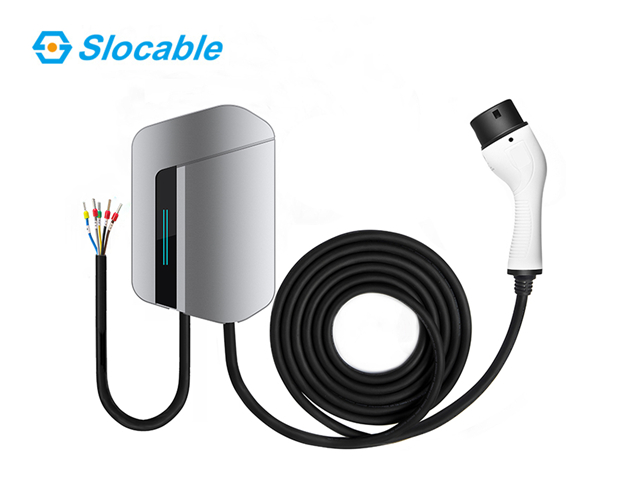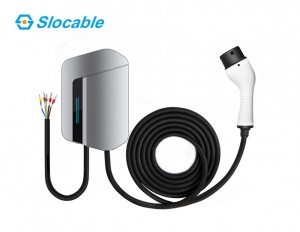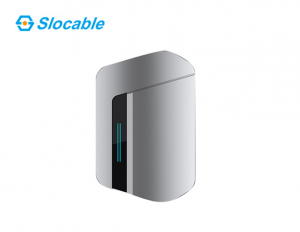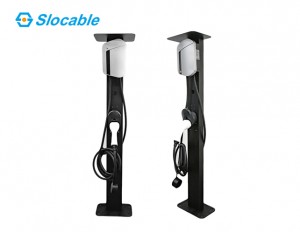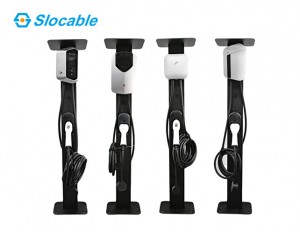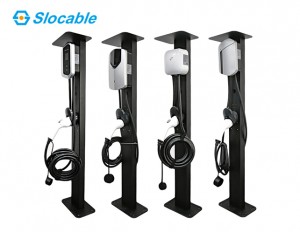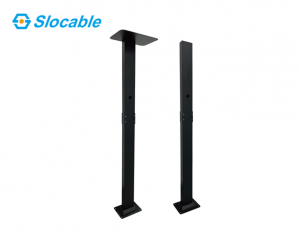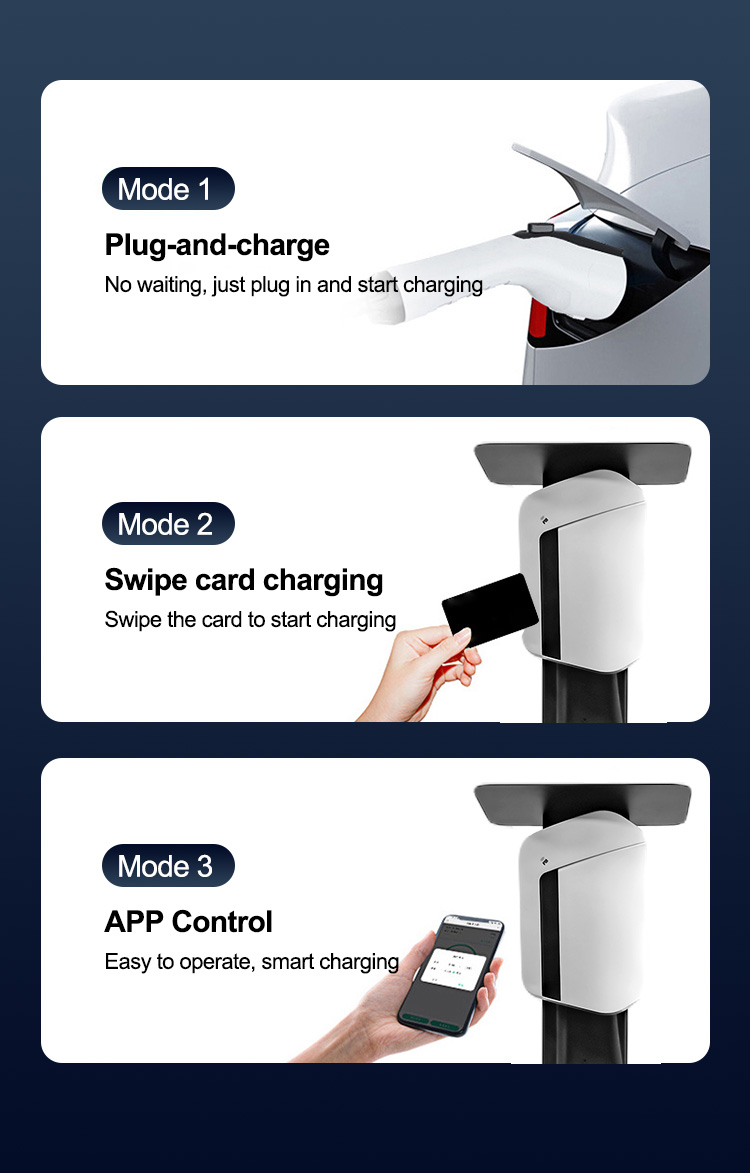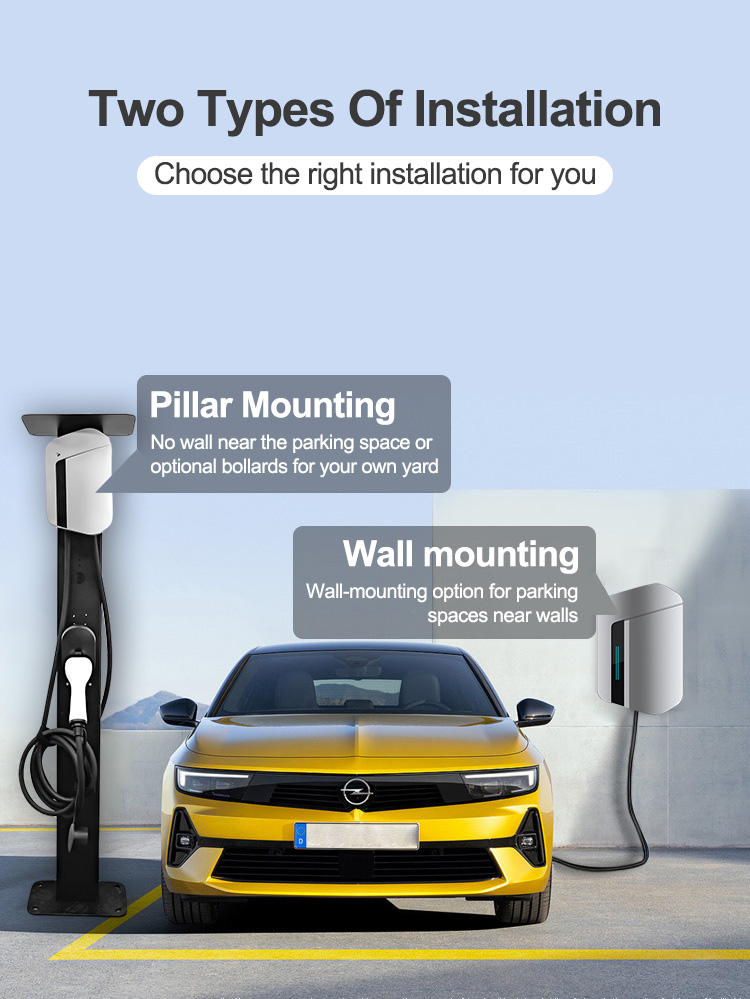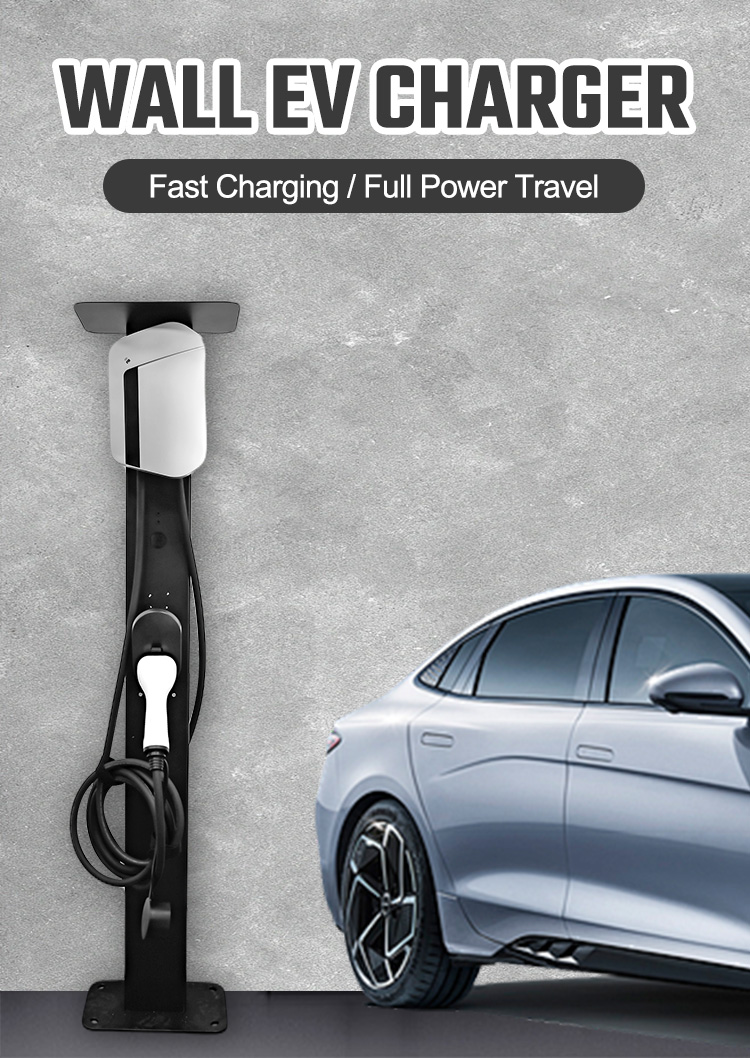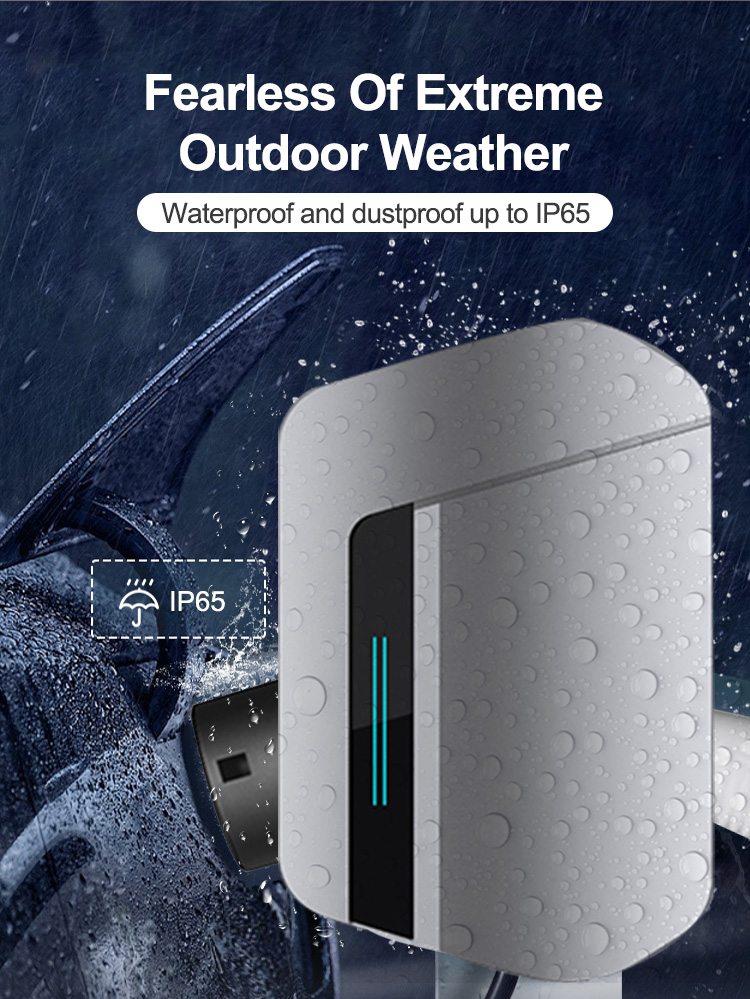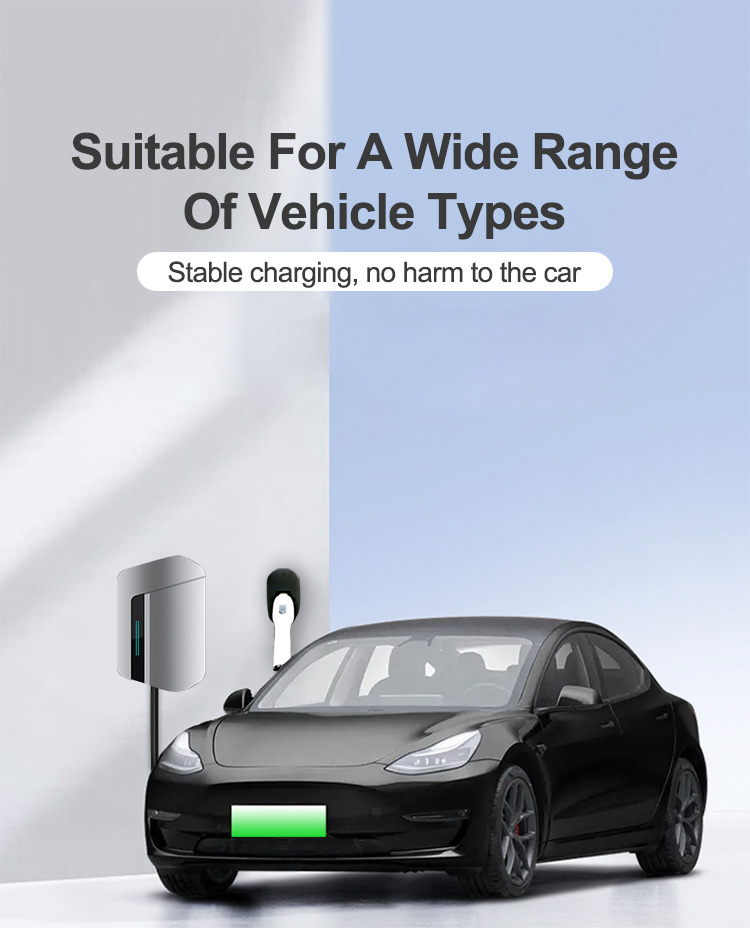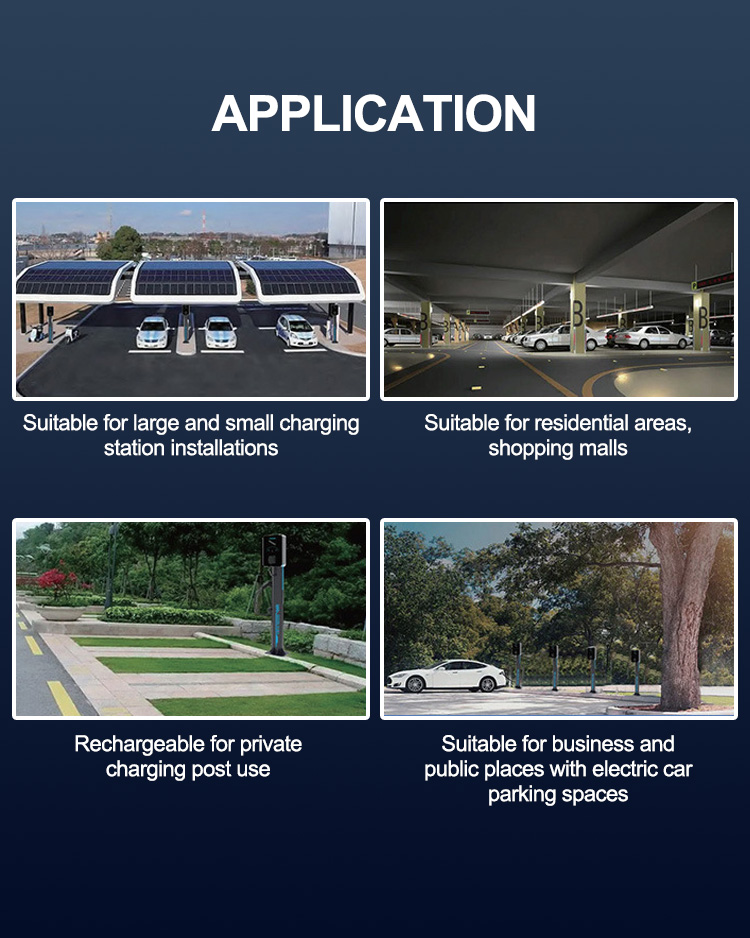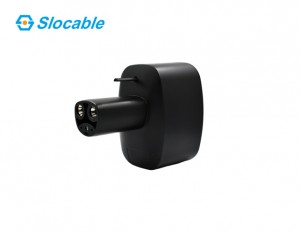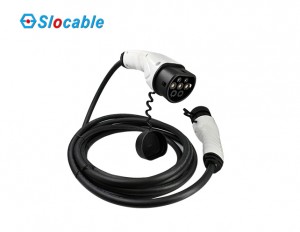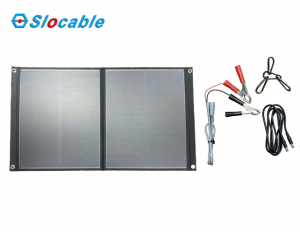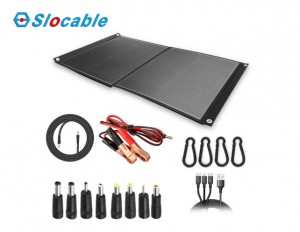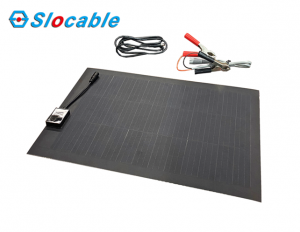
Slocable Type 2 AC Electric Vehicle Charging Pile 7-22KW
- Protection Rank: IP65
- Interface Standard: Tesla
- Output Power: 7kw-22kw
- Certificates: TUV-Mark、CE、CB、RoHS

The Slocable electric vehicle charging piles can convert electricity on the grid to EV charging standards. They play an important role in electric vehicle charging infrastructure, ensuring that electric cars can be charged efficiently and safely.
Product Specification
|
Charging Type |
IEC 62196 Type 2 |
SAE J1772 Type1 |
||||
|
Model No. |
V7 |
V11 |
V22 |
U32 |
U40/48 |
|
|
Rated Voltage |
AC 250V |
AC 480V |
AC 480V |
AC110-240V |
||
|
Rated Current |
32A 1Phase |
16A 3Phase |
32A 3Phase |
32A |
40A/48A |
|
|
Rated Power |
7KW |
11KW |
22KW |
7KW |
9/11KW |
|
|
Protection Rank |
IP65 |
|||||
|
Control Box Size |
L265*W170*H80(mm) |
|||||
|
Start Mode |
Card swipe/App/Plug and play |
|||||
|
Product Features |
RCD protection: Type B charging status and working error displayed by LED indicators. |
|||||
|
Certificates |
TUV-Mark、CE、CB、RoHS |
ELT、FCC、Energy Star UL(Cable) |
||||
Charging Modes
Installation
The Charging Pile VS Charging Station
EV charging piles and charging stations are terms that are often used interchangeably, but they can have subtle differences. A charging station generally refers to a setting where multiple charging piles (units) are available for public use, usually located in parking lots, commercial spaces, and dedicated EV charging centers. A charging pile, on the other hand, is a single unit designed to charge a single vehicle at a time.
Description
Charging Piles Application

